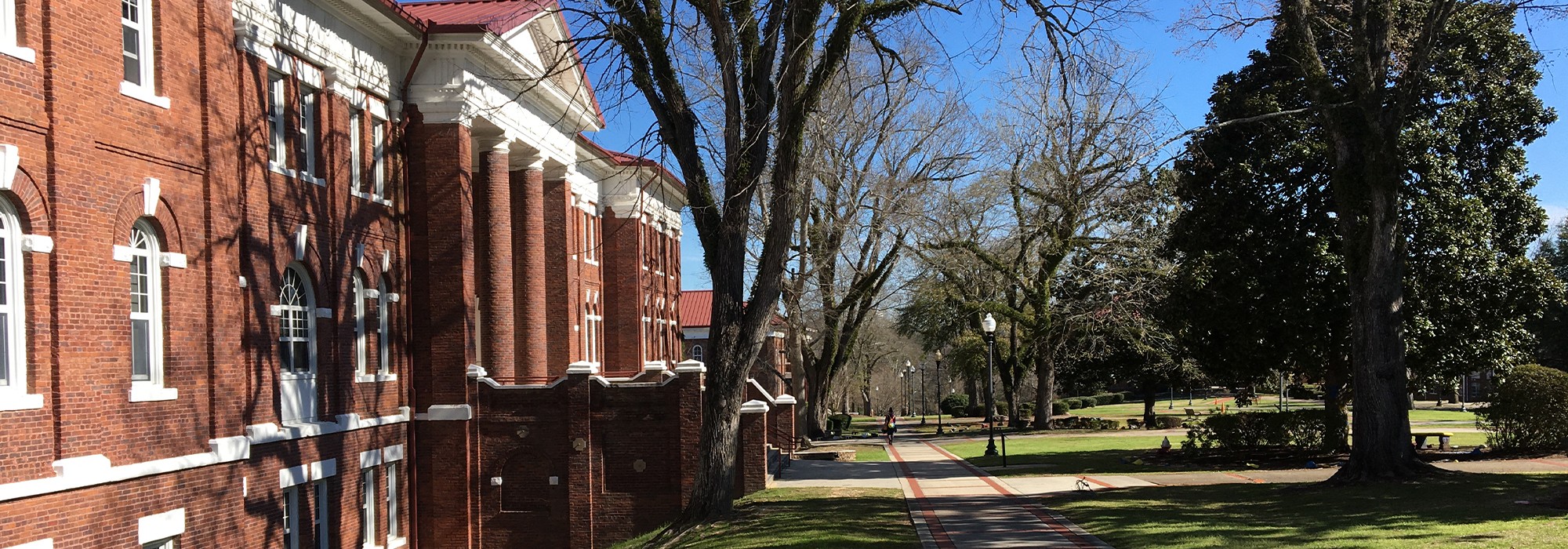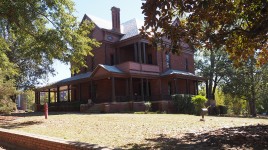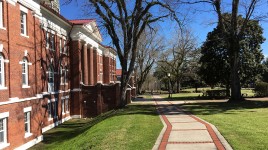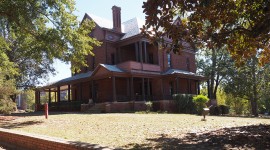Pioneer Information
Born in Wilmington, North Carolina, Taylor graduated from the Massachusetts Institute of Technology (MIT) in 1892 with a B.S in architecture. He is noted as the institution’s first African American graduate. Taylor was recruited by Booker T. Washington, president of Tuskegee Normal and Industrial Institute (now Tuskegee University), to develop the institution’s industrial program and its campus. From 1893 to 1899 Taylor served as an instructor in the institute’s mechanical industries department and developed curriculum with Washington. He concurrently acted as the institution’s architect, planner, and construction supervisor, collaborating with Washington on the ground’s layout and spatial organization. He designed and oversaw construction of the school’s first structures and laid out its curvilinear drives in harmony with the site’s topography. In 1897 Washington engaged Taylor to design his campus home, The Oaks.
In 1899 Taylor left the institution, employed as an architectural draftsman in the Cleveland, Ohio office of Charles Hopkinson from 1900 to 1902. He returned to Tuskegee Institute in 1904 as the director of the mechanical industries department and continued to develop the campus in collaboration with landscape architect David Williston. In 1921 Taylor was promoted to general superintendent of industries and became the institution’s vice president in 1925.
In the 1920s Taylor acted as the chairman of the Tuskegee chapter of the American Red Cross and following the great Mississippi flood of 1927 was appointed to the Mississippi Valley Flood Relief Commission by President Herbert Hoover. In 1929 Taylor traveled to Liberia to develop the campus of the Booker Washington Agricultural and Industrial Institute (now Booker Washington Institute).
Taylor retired from the Tuskegee Institute in 1933, returning to his native city, Wilmington, North Carolina. In 1935 he was appointed to the board of trustees of Fayetteville State Teachers College (now Fayetteville State University). At the age of 74, Taylor suffered a heart attack while attending services in Tuskegee Institute’s Butler Chapel and died at John A. Andrew Memorial Hospital; Taylor had designed both of these structures.











